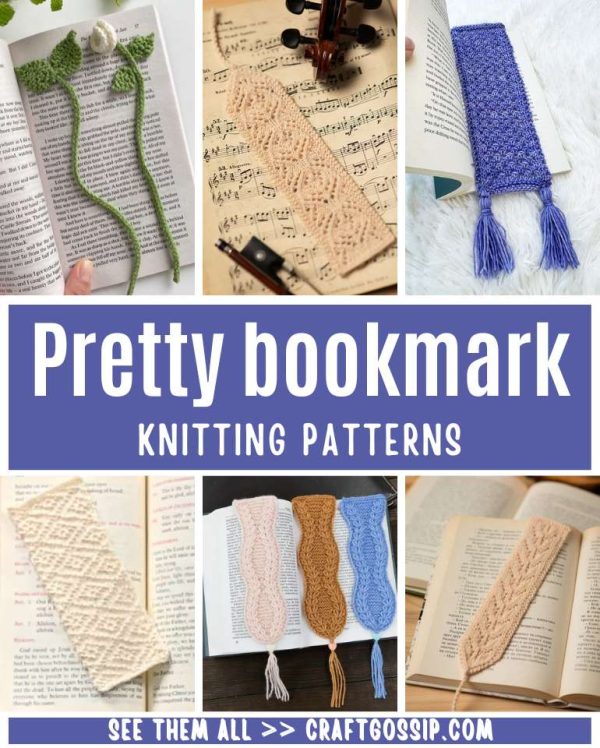 As I was reading Dyeing Yarn Naturally by Ria Burns, I realized I’ve actually dyed more yarn in my career as a knitter than I generally think about. I’ve used Kool-Aid, Easter egg dye, tie dye and natural dye from a kit. I’ve also dyed yarn with dandelions from my yard and strawberries left in the fridge a bit too long.
As I was reading Dyeing Yarn Naturally by Ria Burns, I realized I’ve actually dyed more yarn in my career as a knitter than I generally think about. I’ve used Kool-Aid, Easter egg dye, tie dye and natural dye from a kit. I’ve also dyed yarn with dandelions from my yard and strawberries left in the fridge a bit too long.
Every time I read about dyeing I want to do more of it, and this book is definitely inspiring and approachable when it comes to dyeing techniques you can use with materials you can grow, forage or buy.
The book begins with the basic techniques of yarn preparation: making the yarn into a hank, scouring and mordanting. It explores general methods for using natural materials to dye with, either by putting the flowers, roots or other materials directly in the pot with the yarn, extracting the color and using that liquid to dye the yarn, as well as other techniques like solar dyeing, indigo preparations (which get their own chapter) and bundle dyeing.
Methods such as dip dyeing, tie dyeing and using additives to change the color in the yarn are also discussed.
Best of all, the book includes “recipes” or guidelines for using different common natural materials (only plants, not animal-based dyes), from onion skins and avocado stones to madder, coreopsis and marigold, ivy to walnuts. If you’re at all inclined to try natural dyeing you’ll probably be thinking, “oh, I can get that” as you read. (Example: we have black walnut trees in our yard and you can dye with the husks, which the squirrels are happy to leave lying around.)
There’s also information on growing and processing your own plants for dye making and tips on testing for light fastness, reusing dye liquid, dyeing finished objects and more.
Dyeing Yarn Naturally is a great general overview of the process of dyeing yarn with natural materials. The author is English, so the focus is on materials available there, but you can always scour your own yard and public spaces (if foraging is allowed) to find the dye plants that are local to you.
About the book: 96 pages, paperback, 25 plant profiles. Published 2023 by the Crowood Press. Suggested retail price $19.99.
 It’s always a good time for a bookmark, and even more so as we start thinking about back to school time. Reading is more fun when you have a pretty bookmark. That’s just science.
It’s always a good time for a bookmark, and even more so as we start thinking about back to school time. Reading is more fun when you have a pretty bookmark. That’s just science.